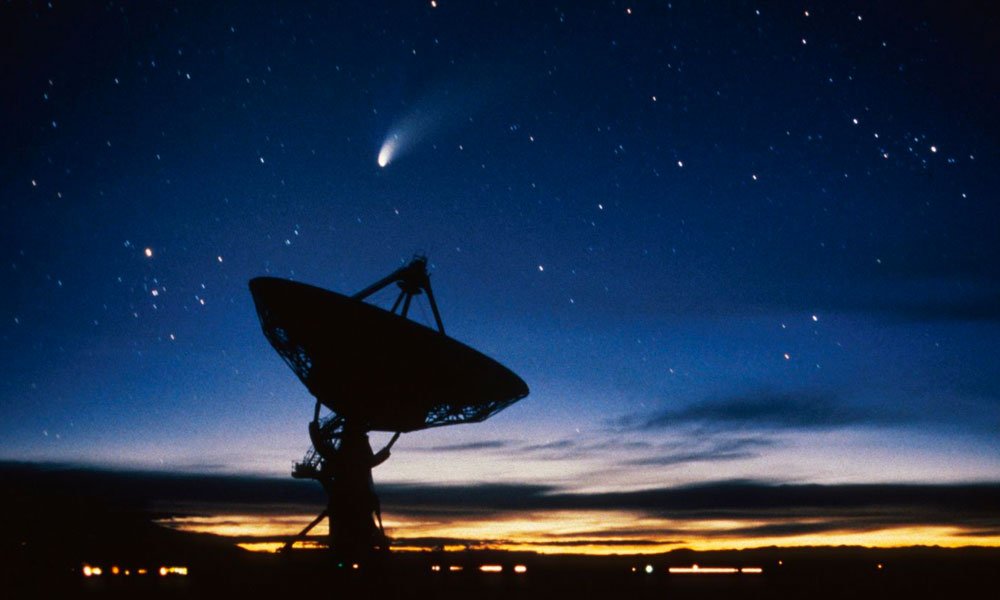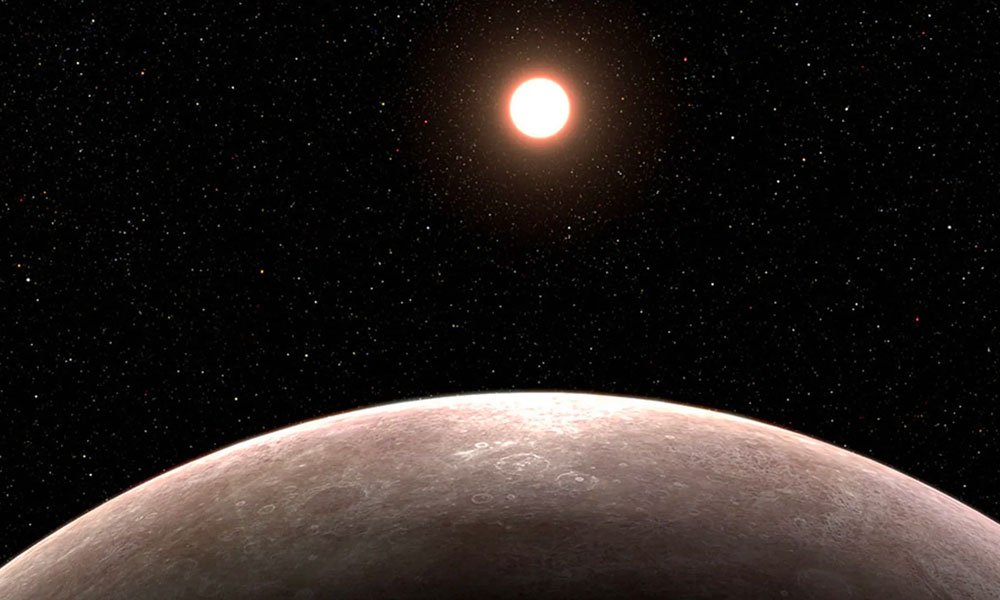As the celestial events continue to dazzle skywatchers, another mesmerizing phenomenon is set to grace the night skies this weekend—the Orionid meteor shower. Halley’s Comet is poised to deliver a spectacular celestial show this weekend. This cosmic event promises a breathtaking display of “shooting stars” that will peak on Friday/Saturday, October 20/21.
Halley’s Comet, a colossal snowball of ice, rock, and dust, leaves a trail of debris as it traverses the inner solar system every 75 years. This debris, comprising fine particles and fragments, drifts into Earth’s orbital path around the sun, leading to meteor showers. The Orionid meteor shower, one of the annual displays caused by Halley’s Comet, has been active since September 26 and will continue through November 22 and is expected to reach its peak this weekend.
Sky gazers can anticipate witnessing around 10-20 meteors per hour, with the peak scheduled at midnight EDT in North America, providing an opportune moment for observers on the continent. The best time for observation is from Friday, October 20, through the early hours of Saturday, October 21. Essential tips for skywatchers include:
Be Patient: Meteor showers can be sporadic, and patience is key to capturing the beauty of the Orionids.
Stay Up Late: The ideal time for observation is during the early hours of Saturday, October 21, after the moon has set.
Find a Dark Spot: Minimize light pollution by choosing a location away from city lights for a clearer view of the night sky.
No Smartphone Usage: To preserve night vision, refrain from using smartphones, as their white light can hinder dark adaptation.
This week’s astronomical events extend beyond the Orionid meteor shower. Skywatchers are encouraged to explore other celestial wonders, including:
Crescent Moon Sightings: Look southwest after sunset on Monday and Tuesday to catch glimpses of the slender crescent moon approaching Antares, the brightest star in Scorpius.
Orion Constellation: Spend time exploring the constellation of Orion, which rises high into the southeastern sky after midnight. Identify prominent stars like Betelgeuse and the Winter Loop for a comprehensive stargazing experience.
Dwarf Planets and Southern Hemisphere Delights: If you find yourself in the southern hemisphere, seize the opportunity to observe dwarf planets like Eris, Ceres, Haumea, and Makemake. Additionally, catch sight of the Large and Small Magellanic Clouds with binoculars for a breathtaking celestial panorama.
Whether you are captivated by the fleeting beauty of shooting stars or intrigued by the distant dance of celestial bodies, this weekend offers a perfect opportunity to connect with the wonders of the cosmos. Embrace the darkness, gaze skyward, and immerse yourself in the cosmic symphony of Halley’s Comet’s debris showering the Earth in a spectacular display of light.
Wishing you clear skies and a truly enchanting stargazing experience!



















